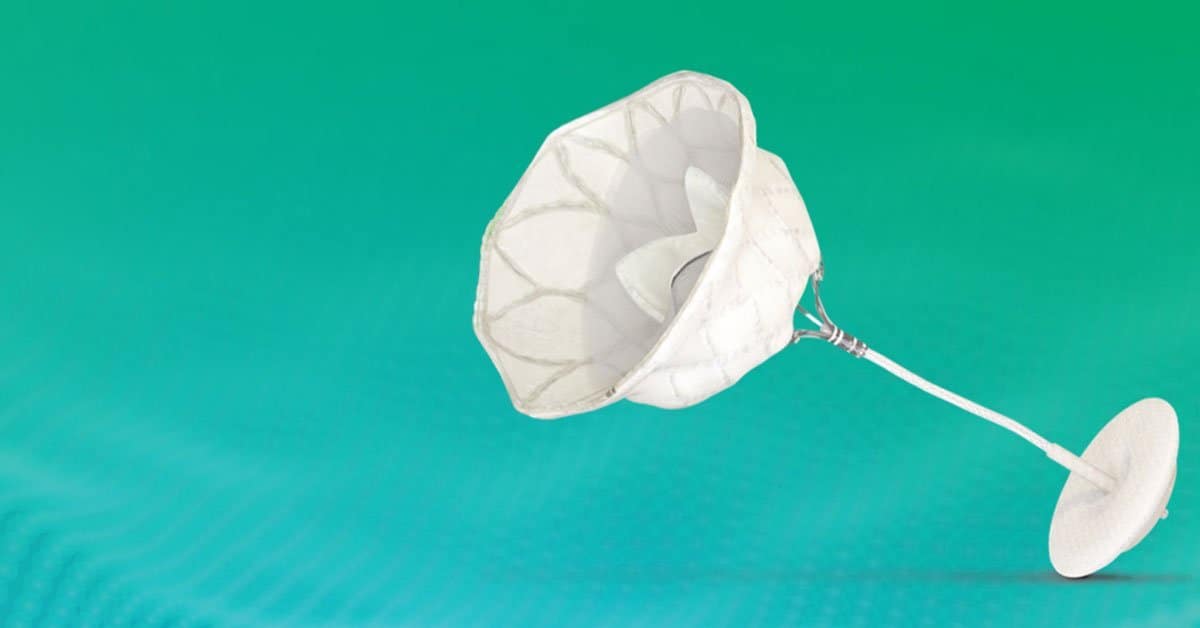Cytokinetics’ obstructive hypertrophic cardiomyopathy drug aficamten excelled in its SEQUOIA-HCM Phase 3 trial, significantly improving peak oxygen uptake, while achieving all secondary effectiveness and safety endpoints.
- HCM causes the heart muscle to become abnormally thick, limiting the heart’s pumping function, while leading to reduced exercise capacity and increased CV risks.
- Aficamten is a selective cardiac myosin inhibitor that treats HCM by reducing active actin-myosin bridges during each cardiac cycle, thus suppressing myocardial hypercontractility.
- HCM care appears to be entering a new era, following the 2022 approval of Bristol Myers Squibb’s Camzyos, significant HCM awareness efforts from BMS, and the HCM treatment guidelines’ recent addition of myosin inhibitors (like Camzyos and aficamten).
SEQUOIA-HCM had all the makings of a well-designed trial (randomized, placebo-controlled, dose-adjusted, double-blind, multicenter, international, 40.8% women) and showed powerful improvements among 282 randomized HCM patients during 24 weeks of treatment.
Patients in the aficamten group achieved a far greater change in peak oxygen uptake versus placebo (1.8 vs. 0.0 mcg/kg/minute), which was the primary endpoint, while significantly improving all 10 secondary endpoints.
- Highlighted secondary endpoint improvements included: KCCQ-CSS (+7 points), increase of at least NYHA class (58.5% vs. 24.3%), reduced LVOT-G after the Valsalva maneuver (–50 mm Hg), and proportion of patients with <30 mm Hg LVOT-G after the Valsalva maneuver (49.3% vs. 3.6%).
- Aficamten’s impact on exercise capacity appeared to be similar across subgroups, including patients who were severely symptomatic (NYHA class III or IV heart failure) and functionally limited (peak oxygen uptake of ≤18 mcg/kg/minute).
- Aficamten also proved to be well-tolerated, with similar adverse events as the placebo, and no instances of worsening heart failure or treatment interruptions due to low LVEF.
Many HCM watchers are particularly interested in how aficamten compared to mavacamten (BMS’ Camzyos), and SEQUOIA-HCM showed similar benefits overall. However, unlike mavacamten, aficamten maintained its performance among patients on beta-blockers, and its shorter half-life allowed faster dose escalation (and faster effective dose identification).
The Takeaway
The complete SEQUOIA-HCM results suggest that a new and potentially more effective treatment option for symptomatic obstructive HCM is on the way, which could prove to be a big deal for the 680k to 1.1M HCM patients in the U.S and a very big deal for the Cytokinetics.





